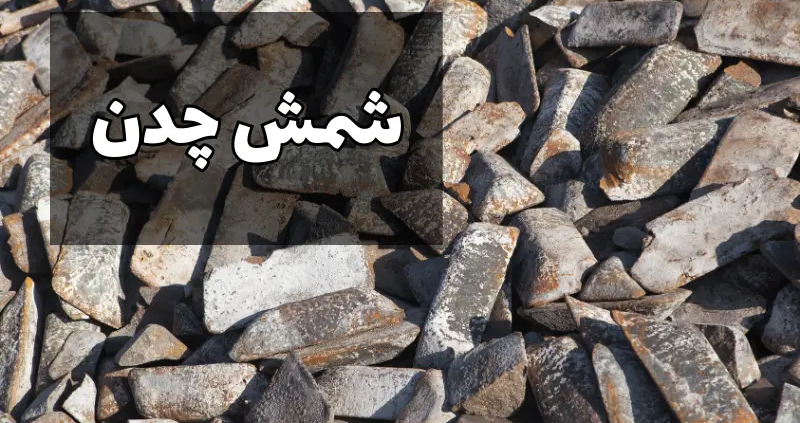
In the world of industry and production, cast iron is one of those materials that always has something to say. Cast iron, having unique features such as high resistance to wear and reasonable price, has been able to open its place in the heart of many industries. Now, what is cast iron ingot and why is it so important? Let’s take a look at this together.
Cast iron ingot, a foundation for creating ideas
Cast iron ingot is actually the raw material obtained by melting iron and adding carbon. But what makes cast iron special is its high carbon ratio. This high ratio gives unique physical and mechanical properties to cast iron, which makes it resistant to pressure and impact.
Production process, modern blacksmithing art
Cast iron ingot production is a kind of modern art. The process begins by melting iron and adding carbon and other elements such as silicon, manganese, and phosphorus. These compounds are melted in large furnaces and at high temperatures to obtain a uniform mixture. After the materials are completely melted, the resulting liquid is poured into molds that make the final shape of the ingots.
Types of this ingot and its amazing uses
Cast irons can be divided into several different categories, such as gray cast iron, ductile (soft) cast iron, and white cast iron. Each of these types have their own unique characteristics and are used in different places depending on industrial needs. For example, gray cast iron is used in industrial machinery due to its good wear properties and excellent sound absorption. Ductile iron, with high tensile strength and flexibility, is suitable for underground piping and high pressure connections.
Challenges and innovations in the world of cast iron ingots
Of course, the production and use of cast iron ingots is not without challenges. One of the biggest challenges is quality control in the production process. Since the precise composition of elements has a great influence on the final properties of cast iron, maintaining strict production standards becomes particularly important. In addition, technological advances such as improved melting and molding methods have made it possible to produce ingots with higher quality and better properties.
The future of cast iron ingots in the world of industry
The future of this product seems bright. Considering the increasing need of various industries for materials with high durability and reasonable production cost, cast iron will continue to be a main choice. In addition, new research into cast iron alloys and advanced manufacturing processes will likely provide new properties and applications for this old but valuable material.
Conclusion
In the end, cast iron ingot is not only a raw material for the production of industrial products, but also a historical witness to the human ability to create and improve materials that can change the world. From massive buildings to precision machine parts, this ingot has played and will continue to play a key role in the advancement of technology. Now that you are familiar with the wonderful world of this product, maybe you can appreciate its deep impact in our daily life.
Read more: Rice ingots
